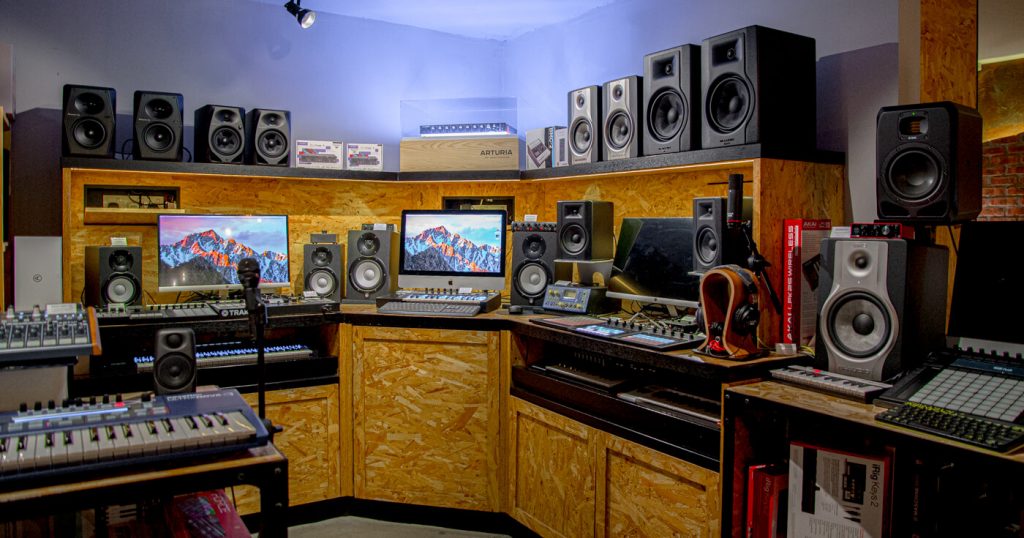
Playing in your own home recording studio can be an exciting buzz, or a terrible nightmare. It can also be a lot of fun, and a lot of fun is a necessary part of doing this. There are a lot of different types of equipment that you will need to have in order to record yourself. Here is a quick guide to help you out.
The most important piece of equipment is your computer. This is the first place music will be recorded. There are a lot of different types of computers on the market today. Depending on what you need your computer to do, you may need to look at a different model.
If you are going to be recording in your own home, you will need to have some basic equipment and space. You might consider hiring an interior designing studio to design your recording studio. You will also need to get a reasonable amount of volume, so you will need speakers that are designed for such volume. Consider the size of the room and where it will be placed. A full stack will be impossible to transport, and will need to be brought into the studio. Monitors will also need to be purchased. You will need these, along with a fair amount of expensive, brand name, speaker equipment. This is not a beginners kit. This is a starter’s kit to get you started, and have you mixing beats in no time!
You will also need recording software. This is where you lay your tracks and start to create your own sounds and beats. This is also where effects are added to your tracks, by adding chorus, delay, flanger, phaser and other effects. This is where the separation of the sounds happens, by using separates instruments and recording them separately. This is where having the separate volume of the instruments can come in handy. You can balance the volume of the different instruments so that they are at a reasonable level, and that one instrument does not drown out others.
Controlling the pace and timing of these beats are also important. If you are using playback software, then you can tempo the track. If you are a producer, then you can lock in the tempo. It is important to lock in the tempo for the best result. The default tempo is generally a good place to start. If you have playback software, and are in the process of making a beat, you can usually adjust the tempo. The drum machine will have tempo controls, and they are great features to have.
Once you have the drum machine and software, you can lay on the beats using the piano or rhythm keys. This is essentially the sequencer. It is where you can alter the beats, edit them, add other sounds, and arrange them. You will be able to run a full chord, with each instrument covered, and arrange them in any order you choose. The sequencer will put all of your beats right on top of one another, without having to cropped and stretched.
While you are using the sequencer, you will need at least one bar at a time to be able to control the beat. blempyn ; set your controls so that you can record, alter, overdub and scratch. It is also important that you are using these controls correctly, as different songs require different controls. Take some time to get use to all of the features of the software. When you are comfortable, try mixing some beats, if you have enough software on your computer. This is a great way to make quick experimental changes with the beats, and see what works best. If you have a friend that is knowledgeable in the music field; take them along. You are likely to get good guidance and useful criticism. This is a fun way to learn about music production.
The main features of the software will allow you to do one main loop. This is also known as a project. With some programs you can even change the loop, and store lots of them in your software. So, with some practice, and some time invested in learning the software, you can be well on your way to making beats. Just make sure you get a good beat maker; and stay away from beat making software that has too many features.
